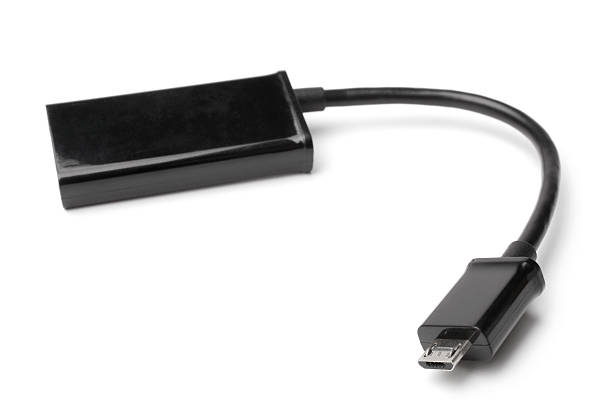Connecting a phone to a Projector or TV is sometimes essential. It enables us to do many useful things. For example, give a presentation from a phone, watch a video on the TV from our phone, watch photos, etc. But sometimes we struggle to connect our phone to our Projector or TV.
There are two easy ways you can connect your phone to a Projector or a TV. These two method works for any Android and iPhone.
Method 1: MHL to HDMI Cable.
MHL stands for Mobile High definition Link. Every Android phone and iPhone is MHL compatible. MHL cable has two ends and one USB power. One end goes to your phone (USB c, micro USB, Lightning port, etc.), and another end goes to HDMI port. After powering up the cable — most of the time with a USB — your TV or Projector will mirror your phone screen. The only thing you have to make sure is that your TV or Projector input source configured to HDMI port. You can do this easily by going into the input source settings on your TV or Projector and set the input source to the correct HDMI port. That’s it.
You can buy the MHL cable from Amazon. Just search for “MHL Cable.” Buy an MHL cable that fits your phone like USB C, micro USB, or lightning port. I always recommend buying a long MHL cable. It will help you to control the Projector or TV from far away.
I want to point out one downside of cheap MHL cable is that they do not last long. The port that connects to your phones gets damaged easily. I ruined 2 MHL cable during unplugging. So, always buy an MHL to HDMI cable that has excellent reviews.
Cons of MHL to HDMI connection:
The cons of MHL to HDMI cable connection is that the length of the cable limits your movement. So, during your presentation, it could be a limiting factor.
Moreover, there is many low-quality MHL cable on the market. Finding a good one with excellent reviews is tough. Cheap MHL cable easily gets damaged.
Pros of MHL to HDMI connection:
The good thing about this approach is that it is effortless and straightforward. No technical knowledge is necessary. Anyone can do this. But the next method requires a little bit of technical expertise.
Method 2: Google Chrome Cast.
Google Chrome Cast is a device that helps to control your TV or Projector by your phone. It’s inexpensive.
After buying a Chrome cast, connect it to the HDMI port of your TV or Projector, and power up the Chrome cast. Change the input source of your TV or Projector to HDMI. Now, download Google Home Apps. The home app will guide you through the setup process of your Chromecast. The only thing you have to make sure is that you connect both of your phone and Chrome cast to the same WiFi network. For example, your home could have 2 WiFi network provided by your single router — “Starlink AB,” and “Starlink AB 5G.” You should connect both your phone and chrome cast to the same “Starlink AB” or “Starlink AB 5G” network.
Pros of Chromecast Screen Share:
The biggest pros of this method are, you can control your TV or Projector Wirelessly. So, while you give your presentation or watch photos, you can move freely.
Cons of Chromecast Screen Share:
The downside of this method is that you have to have a WiFi network and an internet connection. Without WiFi and the internet, this method won’t work.
Moreover, streaming high definition Video to your projector or TV is impossible unless you buy the latest Chromecast.
Your phone will get very hot if you use the screen mirror for a long time. It is very problematic, especially when streaming a video.
Conclusion:
Though both methods works perfectly, I prefer the first method. Connecting your phone to a TV or Projector with MHL cable is straightforward, easy, and effortless. Moreover, this method does not require any WiFi and internet connection.
